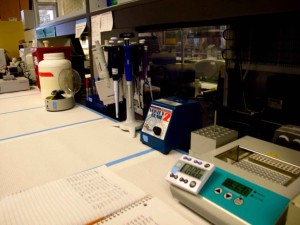
Tag: computers


Are transistors getting too small? (How small is too small?)

A Quick Peek Into Computational Chemistry

What is Machine Learning and How is it Changing Physical Chemistry and Materials Science?

Happy Mole Day 2016!

2016: The Start of a New… Decade? Part 2

How do Scientists Study Complex Chemical Systems?
